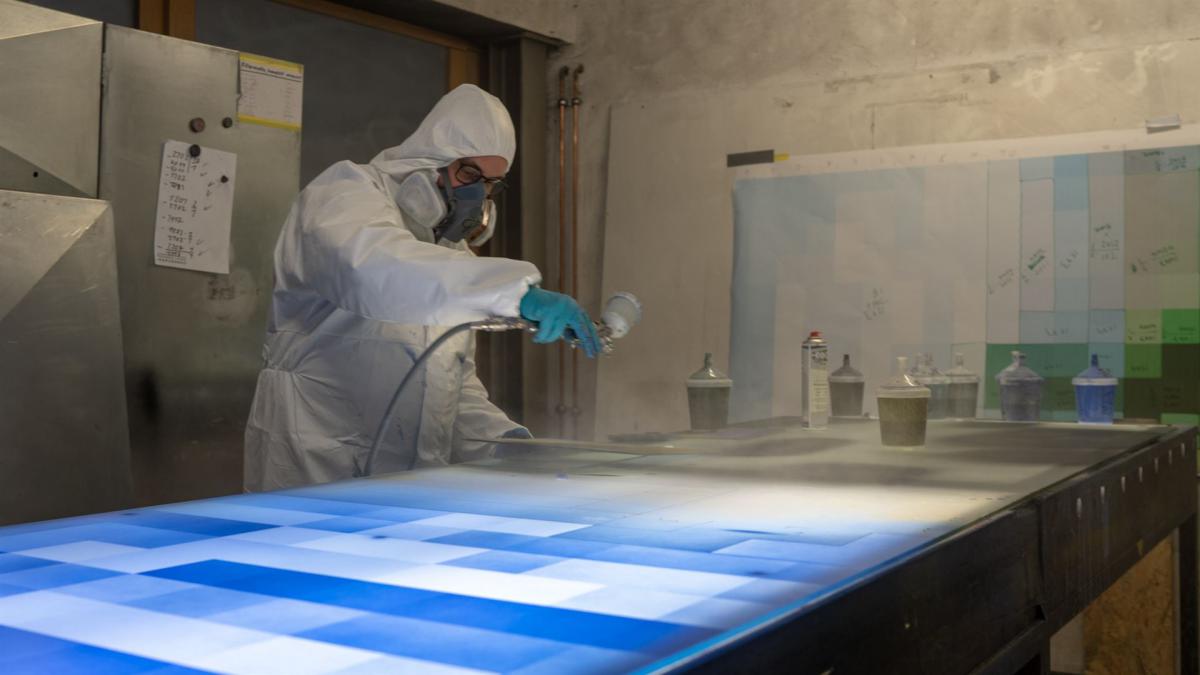THE TECHNIQUES: ANYTHING IS POSSIBLE: PUT US TO THE TEST.
We will provide you with a great variety of possibilities to help you realise your ideas. In cooperation with you, we will develop individual technical solutions for each specific project, and will compile various drafts.
The spectrum of possibilities is almost unlimited. While we might trust traditional techniques as the basis for a particular project and develop these creatively, we might, on another occasion, combine new, innovative techniques and achieve totally new results.
Give us your creation and put us to the test: We are more than keen to develop ideas to achieve perfect technical implementation each time. So that, at the end of the day, you will be convinced by the result.


-
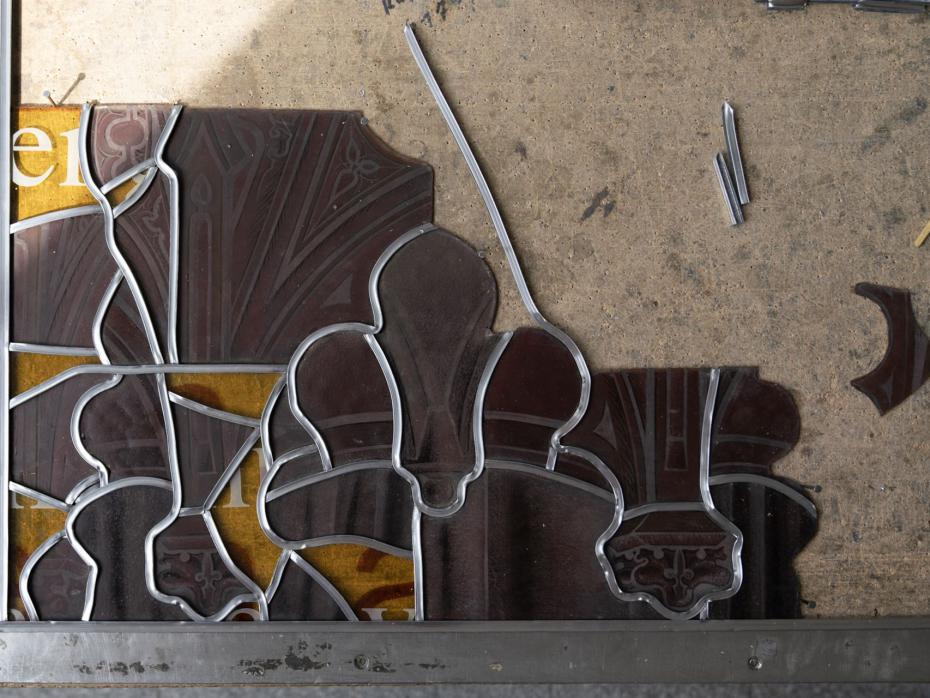
Stained glass
In the case of stained glass, the cutted glass pieces are assembled with the aid of various lead cames, the soldering points are coated with stearin oil and soldered with tin. Finally, the glass panel is cemented with linseed oil putty on both sides and secured with steel strips.
-
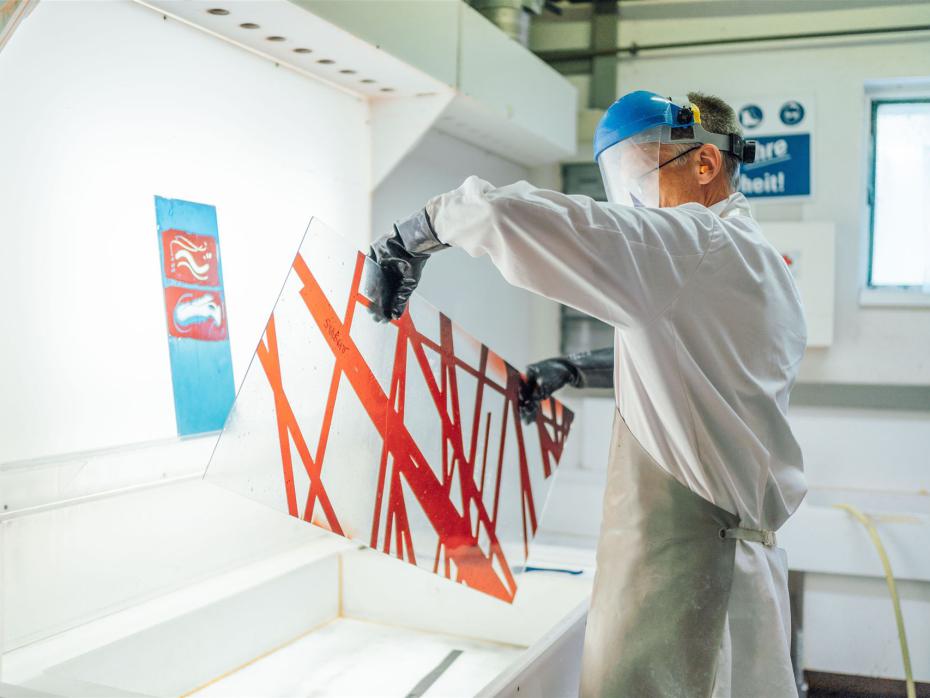
Etching
In the case of etching, the upper glass layer is dissolved by using hydrofluoric acid. For this purpose, one can cover the glass with films or various varnishes, thus etching out the motif. This technique is predominantly used in hand-blown flashed glass to obtain a two-colour motif on a glass piece.
-
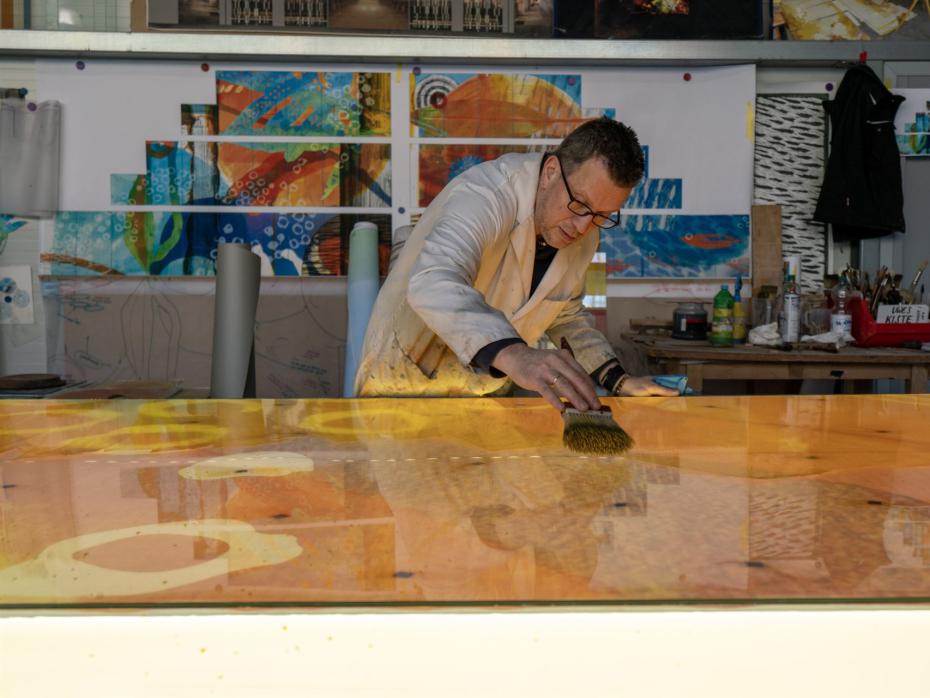
Painting
In painting, black solder and enamel paints are applied. Depending on the application, the powdered paints can be blended with various painting materials and binding agents, on a water or oil basis. In addition to traditional hand-painting with brushes and distributors, there are various techniques of colour application, such as screen printing or airbrushing.
-
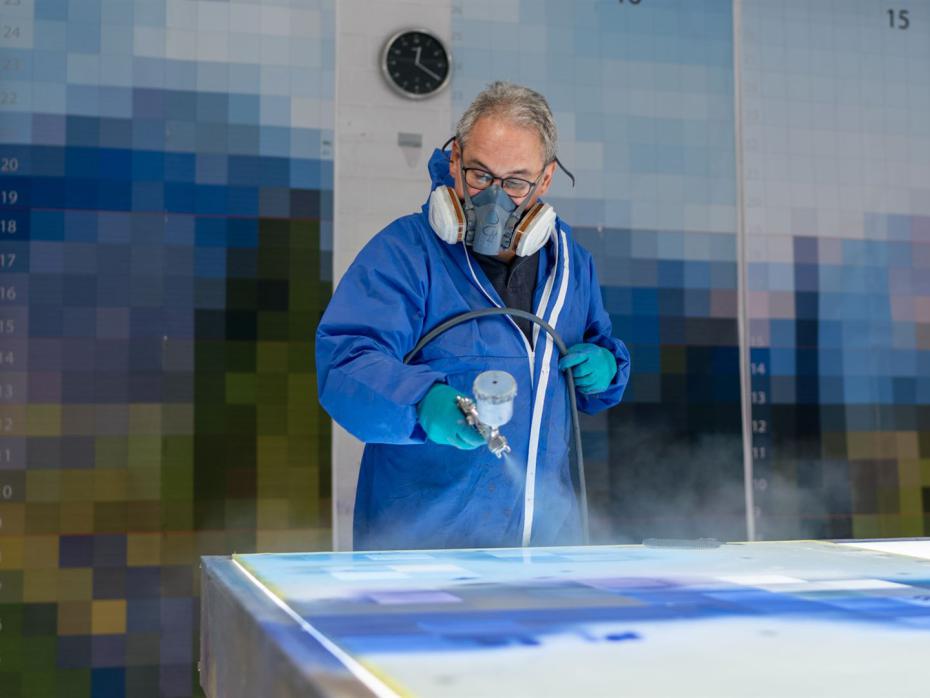
Airbrushing
In airbrushing, black solder or ceramic enamels are not applied traditionally with the brush but with an airbrush gun, so you get brighter colours and soft, painterly transitions.
-
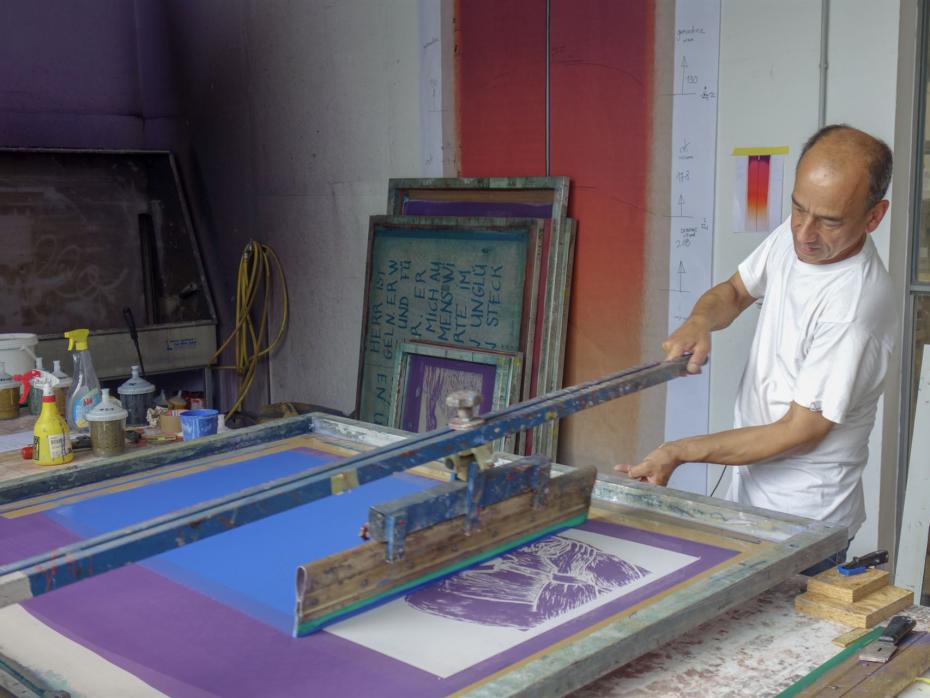
Silk screening
In the case of silk screening, the motif is transferred to the screen by means of phototechnology, either flat or as a screen. The ink is applied with a silk-screening oil and can now be printed onto the glass with a squeegee.
-
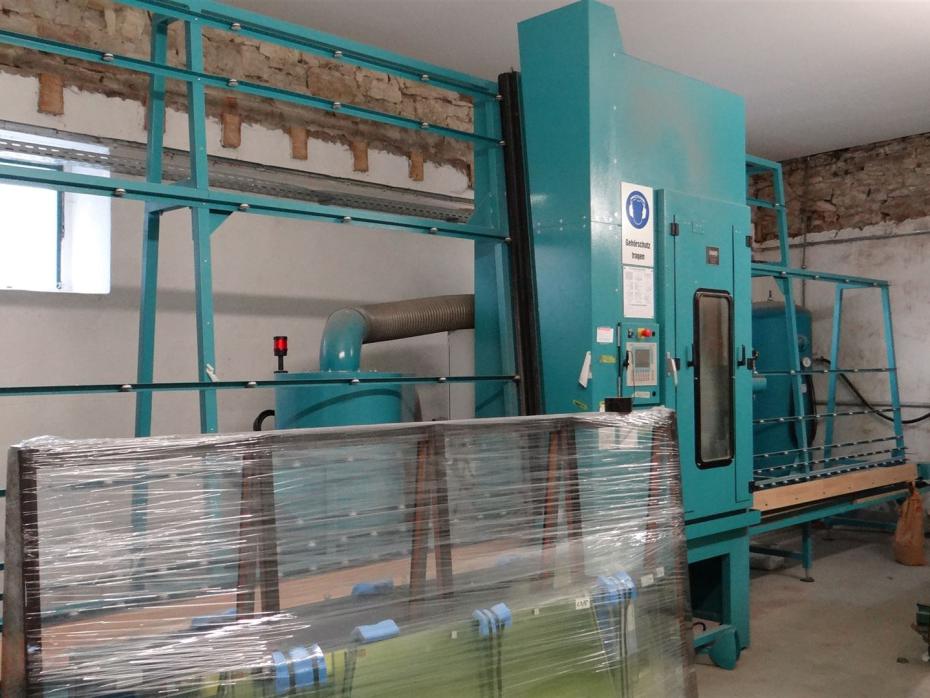
Sandblasting
Sandblasting can be done two-dimensionally as well as in stages, depending on the thickness of the glass. For this purpose, the glass is covered with masking varnish, wood glue or films - depending on whether the intended use is more picturesque or more strictly graphic. The motifs can also be engraved as vector graphics by means of plotters.
-
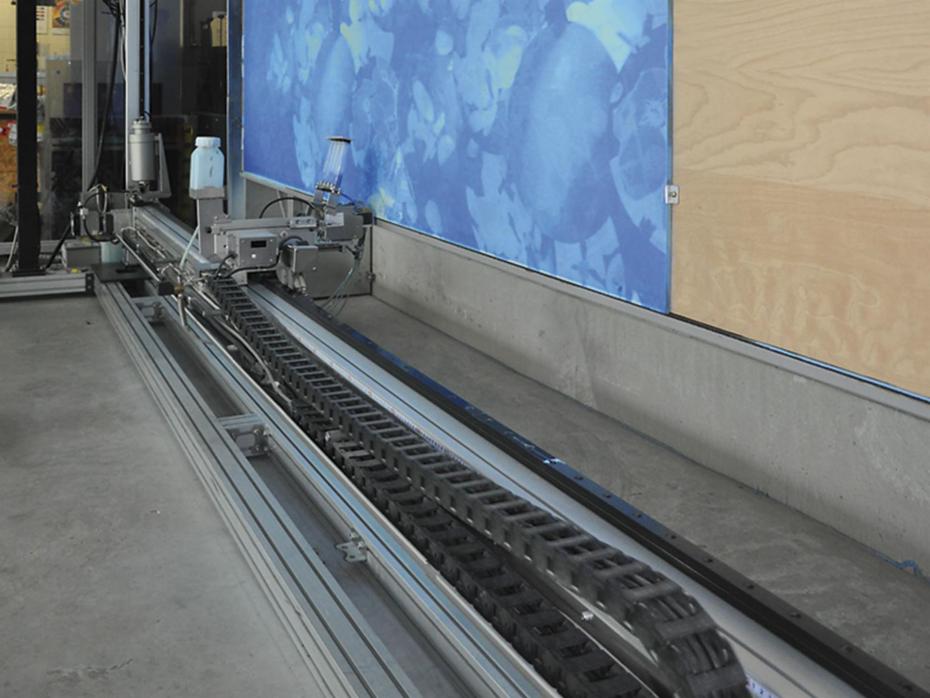
Digital printing
In digital printing, any file, whether photo or text can be digitally printed onto the glass. There are also different densities from transparent to opaque - as single-pane safety or laminated glass.
-
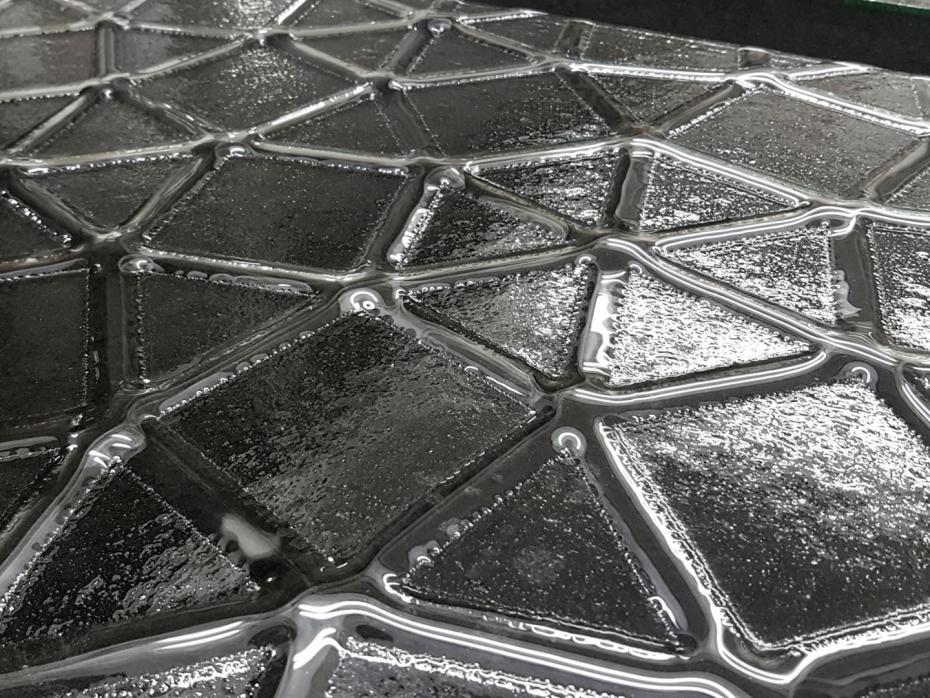
Fusing
In the case of fusing, various glass pieces, frits or powders are melted together. You can also work in several layers and also combine it with additional techniques such as painting and sandblasting.
-
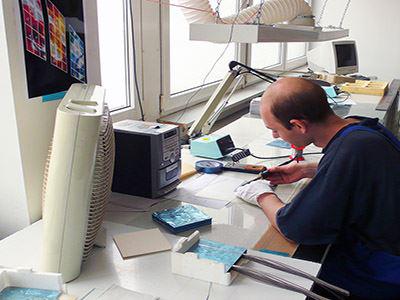
Photovoltaics
Photovoltaics in combination with glass design is still new technology that is gaining more and more recognition in the light of today's energy problems and offers a wide range of design possibilities. The photovoltaic modules can be customised and also given irregular arrangements of photovoltaic cells.

